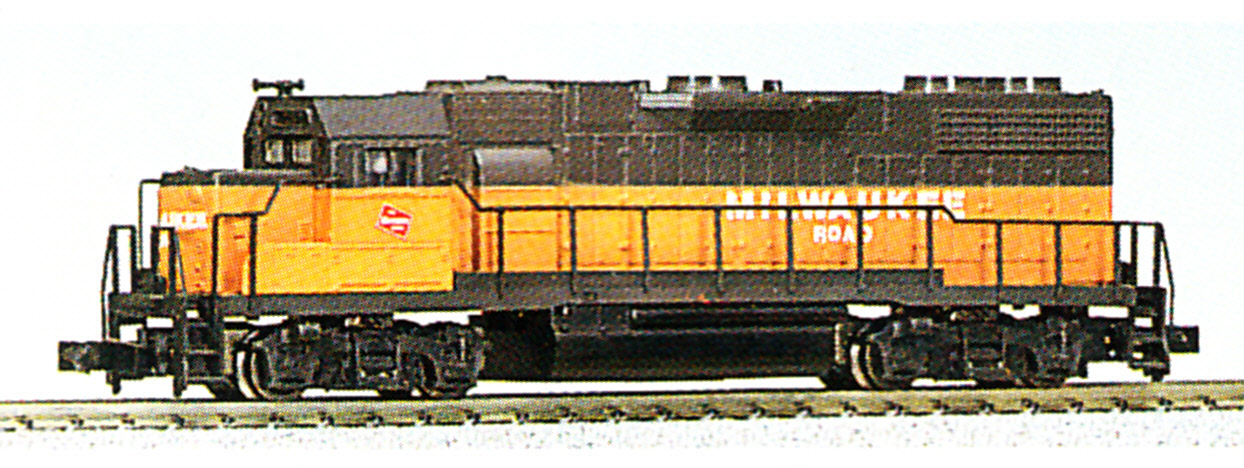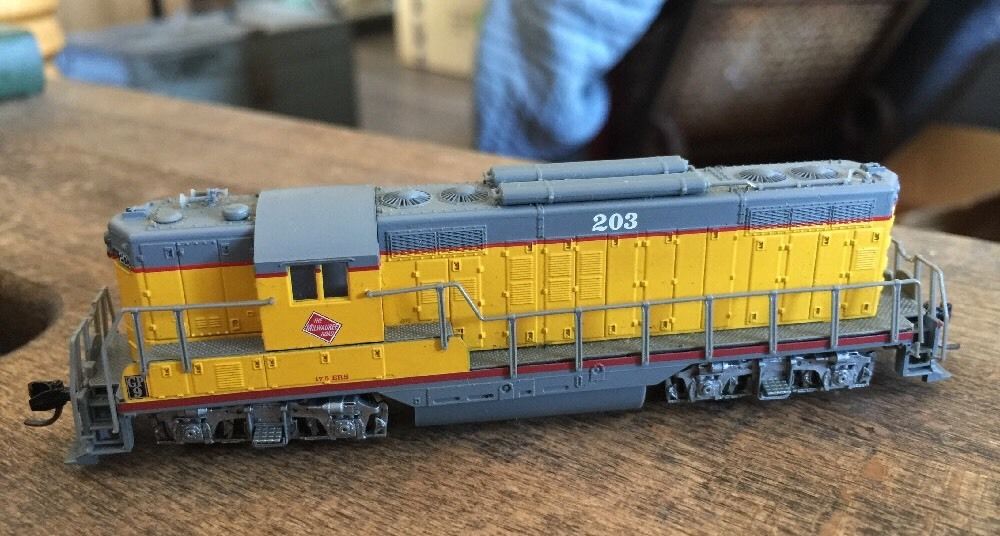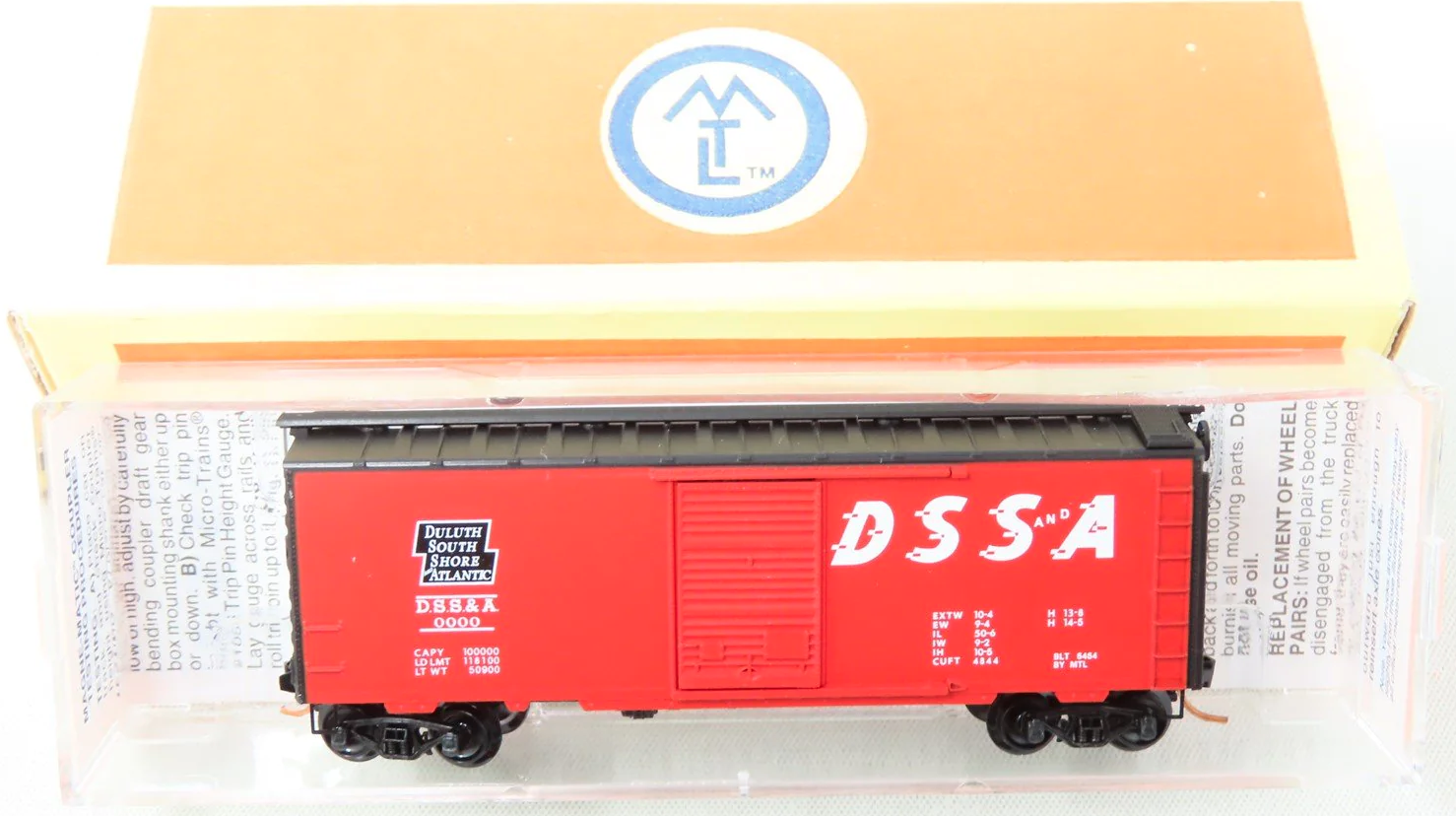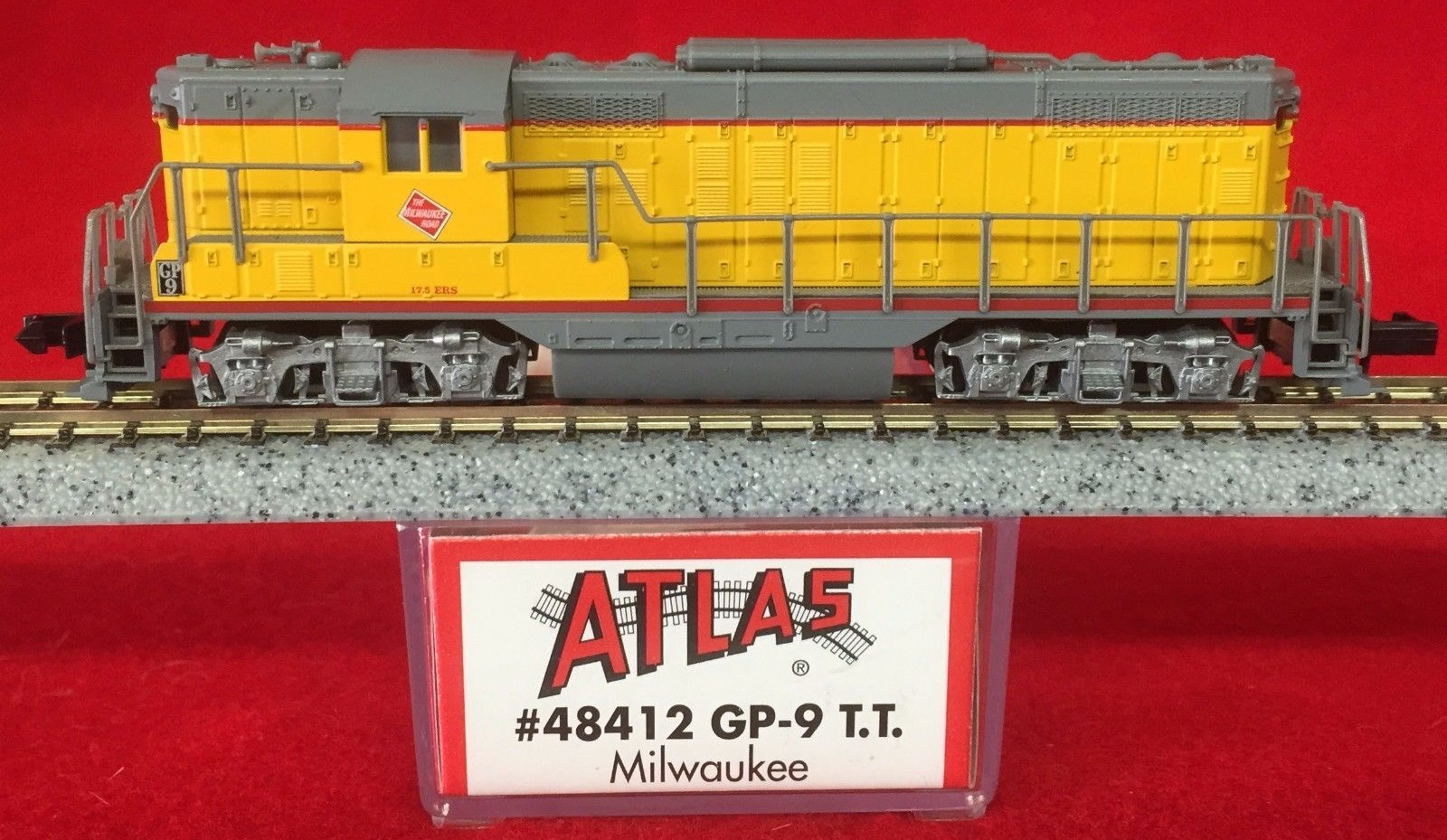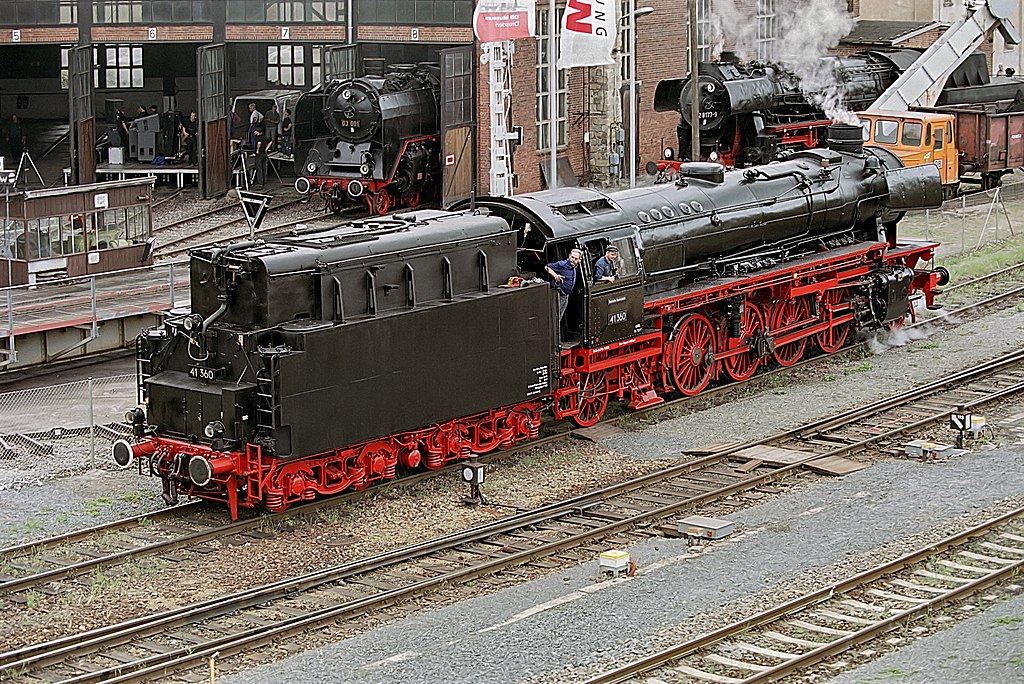Specific Item Information: Prototype: steam locomotive 41 1260-3, type 1'D1'-h2 with Tender 2'2'T32 the Deutsche Reichsbahn (DR), in the state to 1976.
Model: Redesign of the Reko boiler with mixer preheater. Tender die-cast metal. Built-in digital decoder and sound generator with DCC, Selectrix and Selectrix 2 formats locomotive and tender short coupled. 3 axes in the tender powered, traction tires. Firebox flicker using processor-controlled light-emitting diodes (red orange). Top 3-light signal, engine lighting and cab lighting from warm white LED. Length 150 mm over buffers.
Model: Redesign of the Reko boiler with mixer preheater. Tender die-cast metal. Built-in digital decoder and sound generator with DCC, Selectrix and Selectrix 2 formats locomotive and tender short coupled. 3 axes in the tender powered, traction tires. Firebox flicker using processor-controlled light-emitting diodes (red orange). Top 3-light signal, engine lighting and cab lighting from warm white LED. Length 150 mm over buffers.
Prototype History: The German Class 41 steam locomotives were standard goods train engines (Einheitslokomotiven) operated by the Deutsche Reichsbahn (DRB) and built from 1937–1941. The locomotives were, with the exception of the prototypes, coupled to 2'2'T34 tenders. The prototypes, 41 001 and 41 002, had 2'2'T32 tenders on delivery. From their use of 20m turntables, it is also known that some engines were running with 2'2T30 tenders.
The advent of war increasingly stifled the purchase of fast goods train locomotives until, in January 1941, the existing orders were cancelled completely. On 2 June 1941, MF Esslingen delivered the last Class 41 locomotive, no. 41 352, to the DRB. With that a total of 366 engines of this class had been built in just under four years.
The advent of war increasingly stifled the purchase of fast goods train locomotives until, in January 1941, the existing orders were cancelled completely. On 2 June 1941, MF Esslingen delivered the last Class 41 locomotive, no. 41 352, to the DRB. With that a total of 366 engines of this class had been built in just under four years.
Road Name History:  From 1949, the new governments assumed authority for railway operations. The DRG's (or DR's) successors were named Deutsche Bundesbahn (DB, German Federal Railways) in West Germany, and Deutsche Reichsbahn (DR, German State Railways) in East Germany kept the old name to hold tracking rights in western Berlin.
From 1949, the new governments assumed authority for railway operations. The DRG's (or DR's) successors were named Deutsche Bundesbahn (DB, German Federal Railways) in West Germany, and Deutsche Reichsbahn (DR, German State Railways) in East Germany kept the old name to hold tracking rights in western Berlin.
Unlike the DRG, which was a corporation, both the DB and the DR were federal state institutions, directly controlled by their respective transportation ministries. Railway service between East and West was restricted; there were around five well-controlled and secure checkpoints between West and East Germany, and about the same number between East Germany and West Berlin. Four transit routes existed between West Germany and West Berlin; citizens of West Berlin and West Germany were able to use these without too much harassment by the East German authorities.
The DB started in 1968 with changing the locomotive and passenger car serial numbers to the UIC norm. In 1970 the DR followed. The DB started experimenting with the Intercity trains in a new livery (bright orange).
From Wikipedia

Unlike the DRG, which was a corporation, both the DB and the DR were federal state institutions, directly controlled by their respective transportation ministries. Railway service between East and West was restricted; there were around five well-controlled and secure checkpoints between West and East Germany, and about the same number between East Germany and West Berlin. Four transit routes existed between West Germany and West Berlin; citizens of West Berlin and West Germany were able to use these without too much harassment by the East German authorities.
The DB started in 1968 with changing the locomotive and passenger car serial numbers to the UIC norm. In 1970 the DR followed. The DB started experimenting with the Intercity trains in a new livery (bright orange).
From Wikipedia
Brand/Importer Information: Trix is a German company that originally made Trix metal construction sets. one of its co-founders was Stephan Bing, the son of the pioneer toy-maker industrialist Ignaz Bing. In 1935 the company began producing the electrically powered model trains that it became famous for, under the Trix Express label. Prior to the outbreak of World War II the Trix company produced a small range of fairly unrealistic AC powered three rail models running at 14 volts.
N gauge models under the Minitrix brand were made from the late 1960s mostly of European prototypes (German and British primarily). North American prototypes were also manufactured and marketed under the Aurora "Postage Stamp" brand; later these items were sold under the American Tortoise, Model Power and Con-Cor brands. Trix sometimes utilized North American consultants to aid in the design of this portion of the product line. The "Hornby Minitrix' brand was used in the 1980s for a short lived range of British outline models using the earlier product tooling.
Trix's owner in the 1980s and 1990s was Mangold, which went bankrupt in the late 1990s and Märklin purchased the assets in January 1997. In part, this purchase was a reflection of Märklin's need for added production capacity; Trix had been manufacturing certain items for Märklin in previous years. The purchase was also in response to the earlier purchase of the Karl Arnold company by the Italian company Rivarossi; Märklin were very keen to take over Trix market share in 2-rail H0 and especially Minitrix, until then Märklin had not marketed N gauge models. In 2003, Märklin introduced its first N gauge models under the well established Minitrix brand. A number Märklin H0 scale three-rail AC locomotives have also been introduced in two-rail DC versions under the Trix logo and many models are shared between the two brands.
From Wikipedia
N gauge models under the Minitrix brand were made from the late 1960s mostly of European prototypes (German and British primarily). North American prototypes were also manufactured and marketed under the Aurora "Postage Stamp" brand; later these items were sold under the American Tortoise, Model Power and Con-Cor brands. Trix sometimes utilized North American consultants to aid in the design of this portion of the product line. The "Hornby Minitrix' brand was used in the 1980s for a short lived range of British outline models using the earlier product tooling.
Trix's owner in the 1980s and 1990s was Mangold, which went bankrupt in the late 1990s and Märklin purchased the assets in January 1997. In part, this purchase was a reflection of Märklin's need for added production capacity; Trix had been manufacturing certain items for Märklin in previous years. The purchase was also in response to the earlier purchase of the Karl Arnold company by the Italian company Rivarossi; Märklin were very keen to take over Trix market share in 2-rail H0 and especially Minitrix, until then Märklin had not marketed N gauge models. In 2003, Märklin introduced its first N gauge models under the well established Minitrix brand. A number Märklin H0 scale three-rail AC locomotives have also been introduced in two-rail DC versions under the Trix logo and many models are shared between the two brands.
From Wikipedia
Item created by: gdm on 2019-05-18 14:28:37
If you see errors or missing data in this entry, please feel free to log in and edit it. Anyone with a Gmail account can log in instantly.
If you see errors or missing data in this entry, please feel free to log in and edit it. Anyone with a Gmail account can log in instantly.





